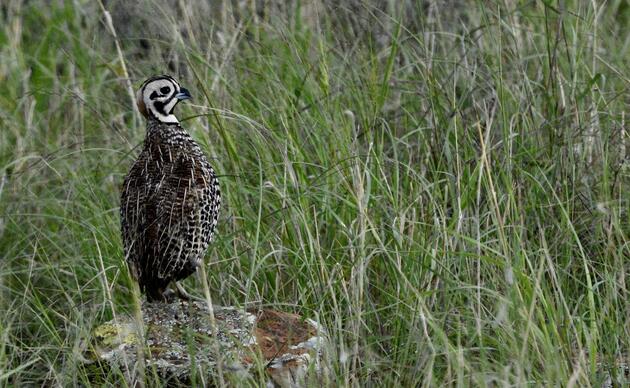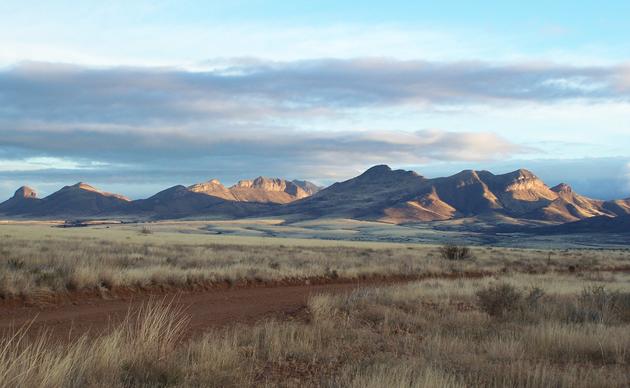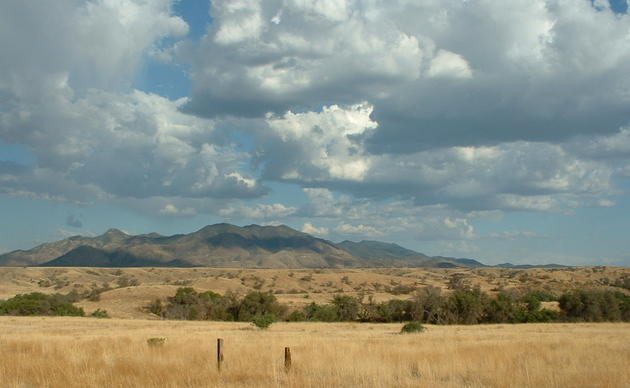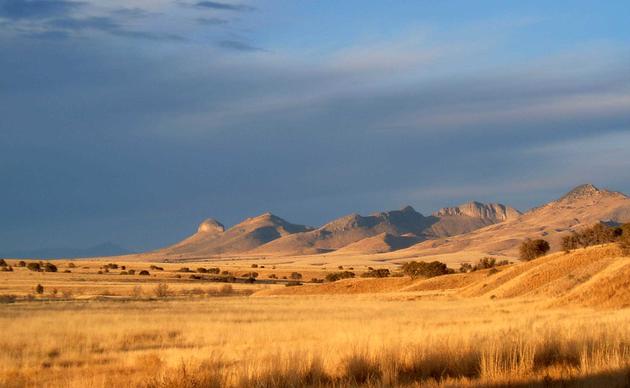Ecological Burns / Firewise Program
Pre white-settlement fires created an annually shifting patchwork of re-sprouting and mature grasses throughout the area. The specific impacts within any burn patch depended on soils; species present; winds; precipitation and temperatures before, during, and after burns; season and frequency of the fires; fuel accumulation; etc. Without periodic fires, southeast Arizona's grasslands might never have established, or would have succeeded to shrubland (dominated by woody plants) or other communities, centuries ago.
Most areas were naturally ignited every five to twenty years, on average. Mesas probably burned more often, while canyons and riparian areas probably burned less often (these estimates are based on the annual rings of pine trees in surrounding mountains, as the oak trees associated with grasslands produce very indistinguishable annual rings). Given fire suppression throughout the past 100 years, many unburned grasslands in this area have become shrub savanna or mesquite woodlands and their grassland wildlife has been replaced by species adapted to the more dense and woody habitats.
Planned fires are carried out only under a set of strict conditions, called the fire prescription, which incorporates the type of fuel, the topography of the land, the relative moisture of the air, the wind direction, wind speed, and other factors. Prescribed ignition allows us to minimize human manipulation of The Research Ranch by restoring the historic fire frequency rather than continue a one-sided (suppression only) intervention. It actually reduces the risk of wildfire by reducing fuel loads (accumulated dry material) in problematic areas.
Prescribed fire goals on the Research Ranch include:
- Maintain fire adapted natural communities by assuring an historic frequency of prescribed fires that mimics the historic natural wildfires, which occurred prior to Anglo settlement.
- Reduce the potential for accidental or arson wildfires during the driest time of year when the fire might burn hotter than desired and would be hardest to contain.
- Prevent loss of buildings, vehicles, and infrastructure.
- Prevent fire spreading into cottonwood and willow riparian areas.
- Create a patchy post-fire mosaic within burn units as well as between burn units. A vegetative mosaic can be maintained by varying intensity, frequency, and season of burn within each fire. This should minimize wildlife losses to fire, and should stimulate the native grasses and forbs, on which our wildlife depends.
- Reduce the fuel load in risky areas (bordering houses or riparian areas).
- Inflict minimum disruption to the land surface during the fire management operation. Vehicles should remain on designated roads wherever possible to minimize unnecessary habitat damage.
Connect with the Research Ranch
Support to Our Fellowship Programs
Your gift to our fellowship programs will ensure that student scientists will receive Fellowships to encourage and support their research.
Volunteer your Time
The Research Ranch is a truly unique place that stirs great feelings in those lucky enough to be involved. Please contact us for details about our organized volunteer program.
Living Gently on the Land
If you want to conserve native wildlife and habitat, “Living Gently on the Land” will help you understand and protect the plants, animals and landscapes of the Southwest.




